Disclosure: This article contains affiliate links. We may earn a commission from purchases at no extra cost to you, which helps our travel content.
There is something profoundly humbling about standing atop limestone peaks that have witnessed centuries of human history while gazing out at the Mediterranean's azure expanse. My relationship with Mallorca's Serra de Tramuntana began nearly three decades ago during a financial conference in Palma, when I escaped for a day hike and found myself irrevocably enchanted. Since then, I've returned seven times to explore this magnificent mountain range, most recently with my dear friend Miguel, a fellow finance executive with an equally insatiable appetite for challenging trails and cultural immersion.
Understanding the Serra: A Financial Analyst's Appreciation for Value
As someone who has spent a lifetime analyzing value propositions, I can state with confidence that the Serra de Tramuntana offers one of the finest returns on investment in the hiking world. This limestone mountain range stretches approximately 90 kilometers along Mallorca's northwestern coast, earning its UNESCO World Heritage status in 2011 for the remarkable way humans have transformed the steep terrain into agricultural land without compromising its ecological integrity.
The range's highest peak, Puig Major, stands at 1,445 meters (4,741 feet), though military restrictions make its neighbor, Puig de Massanella (1,364 meters), the tallest accessible summit. What makes these mountains truly exceptional is their dramatic proximity to the sea—creating microclimates that support diverse ecosystems from Mediterranean pine forests to high alpine terrain.
The ancient dry stone walls and irrigation systems built by Arab settlers centuries ago remain functional today, demonstrating a sustainable approach to land management that predates our modern sustainability conversations by nearly a millennium. For the analytical mind, there's something deeply satisfying about witnessing such efficient design persist through centuries.
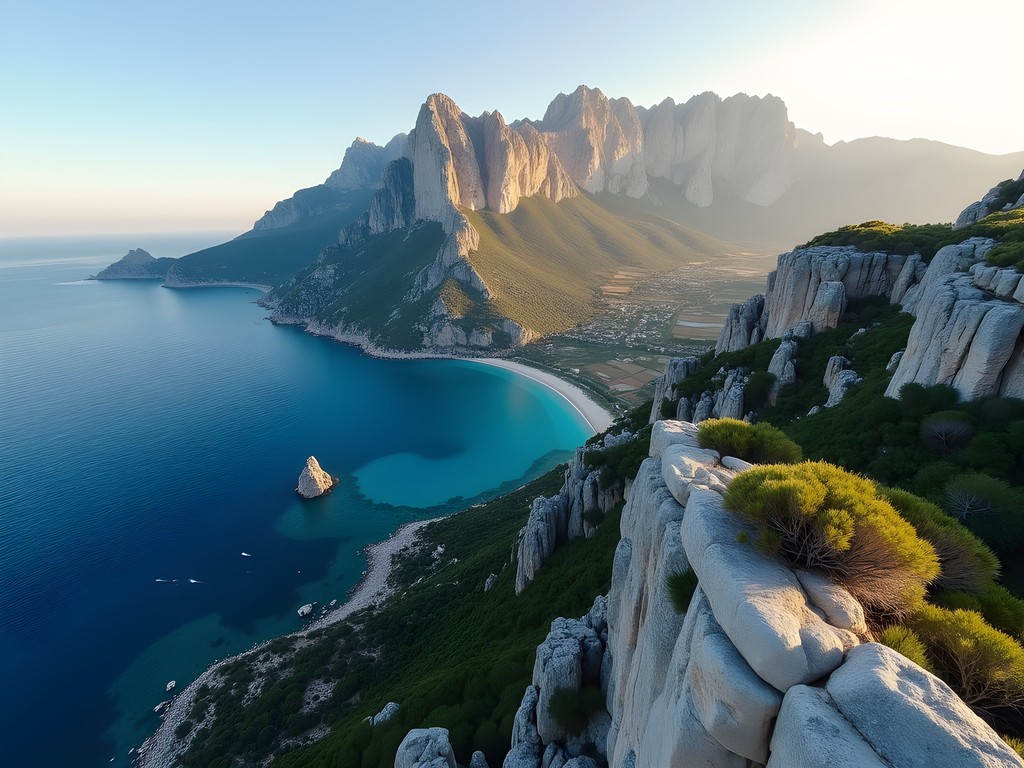
💡 Pro Tips
- The Serra's northern slopes receive significantly more rainfall than the southern side, affecting trail conditions dramatically—plan accordingly.
- Cell service is unreliable throughout much of the range; download offline maps before departing.
- Consider hiring a local guide for your first visit—their knowledge of the terrain and history adds immeasurable value to the experience.
Essential Trails: A Strategic Portfolio for the Serious Hiker
After multiple expeditions across these mountains, I've developed what I consider a balanced portfolio of trails that offer optimal diversity and return on physical investment. For a comprehensive week of hiking, I recommend the following allocation:
1. The GR-221 (Dry Stone Route) Segments
This long-distance path spanning approximately 140km forms the backbone of any Serra de Tramuntana hiking plan. Rather than attempting the entire route, I suggest selecting key segments:
-
Valldemossa to Deià (Day 1): A moderate 10km stretch offering exceptional coastal views and passing through olive groves that have produced oil for centuries. The path follows ancient communication routes between villages.
-
Deià to Sóller (Day 2): Continue another 10km through terraced landscapes to the charming town of Sóller, where the orange groves produce some of the island's finest citrus.
2. Summit Challenges
- Puig de Massanella (Day 3): The highest accessible peak demands respect. This 12km round trip with approximately 800m elevation gain requires an early start. The trekking poles I've used for the past five years have proven invaluable on the limestone scrambles near the summit.
3. Coastal Drama
- Torrent de Pareis Gorge (Day 5): This challenging route through a limestone canyon to Sa Calobra beach is not technically a mountain hike, but offers a dramatic perspective of how water has shaped this landscape over millennia. Proper approach shoes with sticky rubber are essential for the slick limestone surfaces you'll encounter.
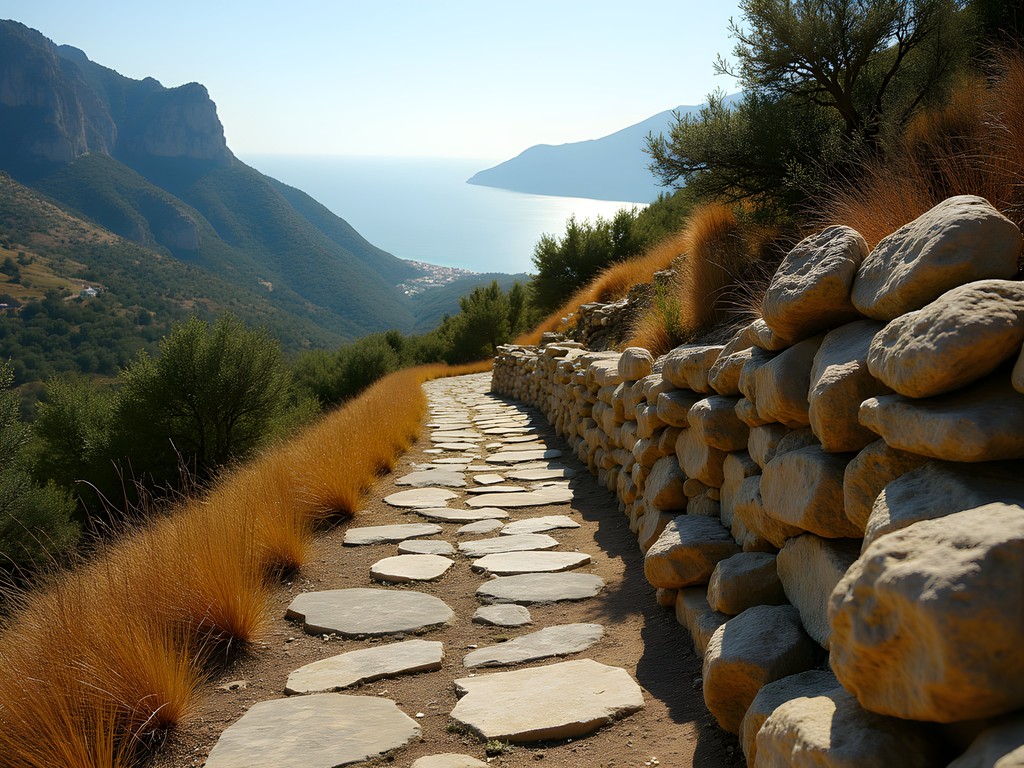
💡 Pro Tips
- The GR-221 refuges require advance booking, especially during peak season (September-October).
- Water management is critical—carry at least 2-3 liters per person on summit days.
- Start all hikes early; the afternoon sun can be unforgiving even in autumn.
Cultural Dimensions: The Street Performer's Perspective
My fascination with street performance has taught me to appreciate how public spaces become stages for cultural expression. The Serra de Tramuntana, while seemingly removed from urban performance traditions, offers its own theater of cultural display.
In villages like Fornalutx and Sóller, I've witnessed impromptu performances of ball de bot, traditional Mallorcan folk dances, during autumn festivals. These performances aren't staged for tourists but represent authentic community expressions that have persisted through centuries of outside influence.
The mountain range itself has long inspired artists—I recommend visiting Can Prunera Museum in Sóller, where works by Picasso, Kandinsky, and local artists demonstrate how these landscapes have influenced artistic expression. My compact binoculars have proven invaluable not just for wildlife spotting but for appreciating the detailed stonework of distant monasteries and the architectural elements of hillside villages.
Don't miss the opportunity to visit local artisans who maintain traditional crafts. In Deià, I spent a fascinating afternoon with a basket weaver who creates using techniques unchanged since the 16th century. The precision and mathematical patterns in these functional art pieces would impress any financial analyst accustomed to finding patterns in complex data.
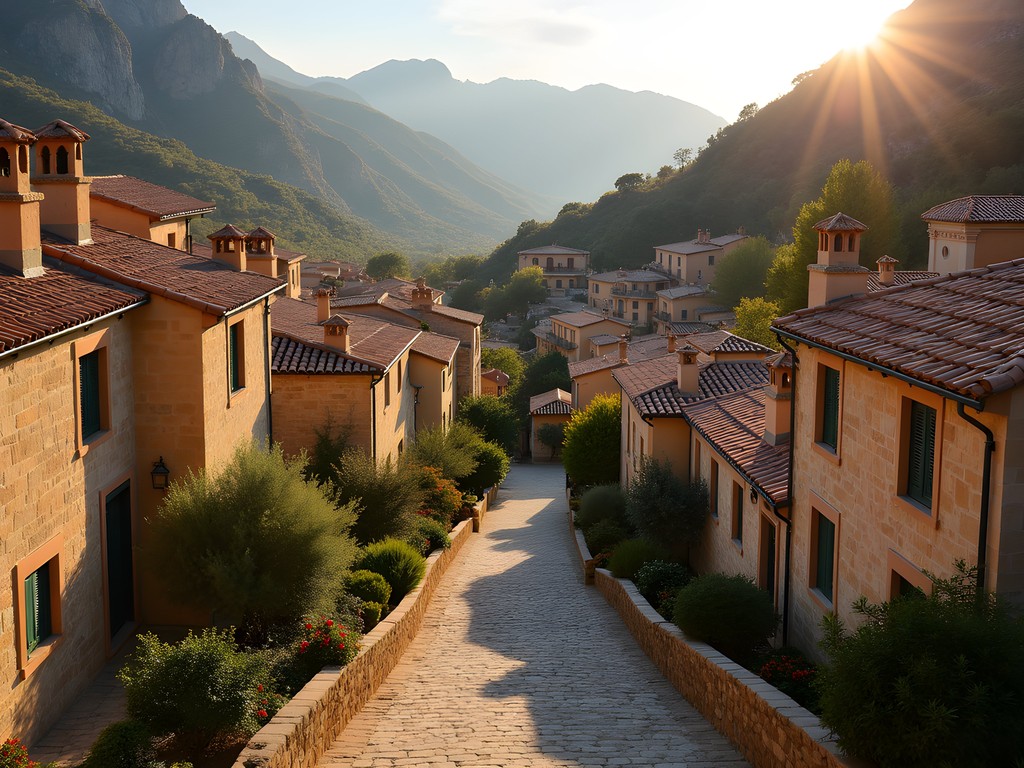
💡 Pro Tips
- Village festivals often occur in September after tourist season—check local calendars for authentic cultural experiences.
- Learn basic Catalan phrases; locals appreciate the effort even if they respond in Spanish or English.
- Respect private property—many beautiful stone structures are on working farms.
Practical Preparations: The CFO's Approach to Efficient Adventure
My career as a CFO taught me that thorough preparation maximizes return while minimizing risk—a principle equally applicable to mountain adventures. For the Serra de Tramuntana, this translates to careful planning around three key variables: accommodations, equipment, and logistics.
Strategic Accommodations
I recommend establishing two bases for your week-long exploration rather than changing accommodations daily. Sóller makes an excellent northern hub, while Valldemossa works well for southern explorations. This approach reduces transit time and allows deeper engagement with local communities.
The travel backpack I've carried for the past decade continues to serve me well—its compact profile meets European carry-on requirements while accommodating all necessary gear for a week of varied hiking conditions.
Essential Equipment
Autumn in the Serra brings variable conditions requiring thoughtful layering. Mornings often begin at 10-12°C (50-54°F) but can reach 25°C (77°F) by midday. My standard packing list includes:
- Moisture-wicking base layers
- A lightweight mid-layer fleece that's served me reliably for years
- Waterproof shell jacket (rain is always possible)
- Dedicated hiking pants with zip-off legs
- Minimum 2-liter water capacity
- First aid kit with blister treatment
Logistical Efficiency
Renting a car provides maximum flexibility, though the mountain roads demand confident driving. The public bus network is surprisingly comprehensive, connecting major trailheads to Palma and primary villages. For longer point-to-point hikes, I've found local taxi services to be reasonably priced when booked in advance through accommodations.
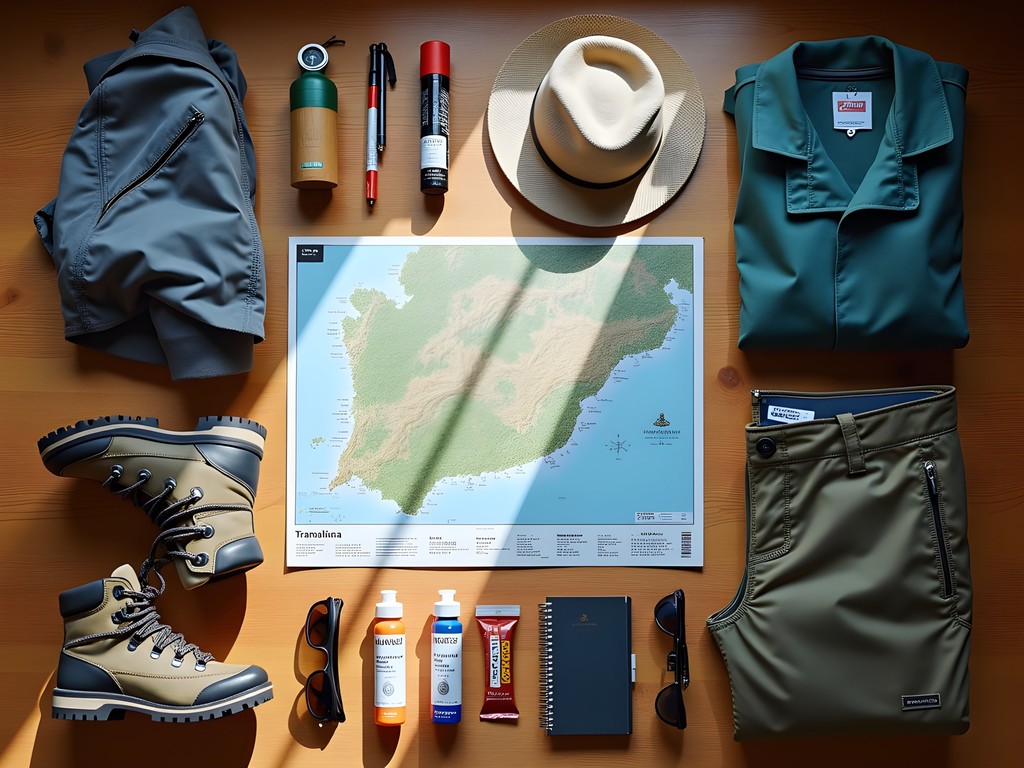
💡 Pro Tips
- Pre-download the Wikiloc app with Serra de Tramuntana trails for offline navigation.
- Book accommodations at least 3 months in advance for autumn visits—quality options are limited.
- Consider the 'Targeta Verda' discount card if planning multiple museum visits and bus journeys.
Culinary Rewards: Refueling the Adventure
After decades of business dinners across five continents, I've developed a discerning palate that appreciates authentic regional cuisine. The Serra de Tramuntana offers remarkable culinary diversity that reflects its unique position at the crossroads of multiple Mediterranean influences.
In mountain villages, seek out restaurants serving arròs brut ("dirty rice")—a hearty game and vegetable paella-like dish perfectly suited to replenishing energy after a demanding hike. The pa amb oli (bread with olive oil) appears deceptively simple but showcases the exceptional local olive oils produced from trees that cling to these steep hillsides.
My financial analyst's appreciation for value leads me to recommend lunch as your main meal. Many restaurants offer a menú del día at remarkably reasonable prices (€15-20) that include three courses and wine. This approach not only optimizes your budget but aligns with the local eating schedule.
Don't miss the opportunity to visit olive oil producers—many offer tastings and demonstrations of traditional pressing methods. I particularly recommend Olis Sóller, where the fifth-generation owner explained how different elevations within the Serra produce oils with distinctly different flavor profiles. My insulated water bottle has proven perfect for carrying not just water but occasionally a chilled local white wine to enjoy with a sunset picnic after a successful day on the trails.

💡 Pro Tips
- Carry small denominations of cash for village shops and cafes—many don't accept cards or have high minimum charges.
- Reservations are essential for quality restaurants in smaller villages, especially during weekend evenings.
- When ordering local wine, try the white Prensal Blanc grape varieties that thrive in Mallorca's unique climate.
Final Thoughts
As I've discovered over decades of global travel, there are destinations that offer fleeting excitement and those that fundamentally alter how we perceive landscapes and human history. The Serra de Tramuntana firmly belongs in the latter category. This mountain range represents a masterclass in sustainable human adaptation to challenging environments—lessons that resonate whether you're managing a corporate budget or planning a personal adventure.
I find myself returning to these limestone peaks not just for the physical challenge or spectacular vistas, but for the profound perspective they offer. In a world increasingly defined by rapid change and digital acceleration, the Serra de Tramuntana stands as a testament to patient, generational thinking. The dry stone walls and ancient water systems built by hands over centuries continue to function effectively—perhaps the ultimate long-term investment.
As my friend Miguel remarked during our final sunset from Mirador de ses Barques: "We spend our careers measuring quarterly returns, but here we're witnessing the returns of centuries." I invite you to experience this remarkable landscape for yourself—to walk these ancient paths and perhaps discover, as I have, that the most valuable dividends are those paid in perspective and wonder.
✨ Key Takeaways
- The Serra de Tramuntana offers an optimal balance of physical challenge, cultural immersion, and natural beauty for experienced hikers
- Strategic planning around two accommodation bases (Sóller and Valldemossa) maximizes hiking time while minimizing logistical complications
- Autumn (September-October) provides ideal hiking conditions with moderate temperatures and fewer tourists
- The region's UNESCO World Heritage status recognizes not just natural beauty but the harmonious interaction between human activity and landscape over centuries
📋 Practical Information
Best Time to Visit
Mid-September to late October
Budget Estimate
€100-150 per day including accommodations, meals and local transportation
Recommended Duration
5-7 days
Difficulty Level
Moderate To Challenging

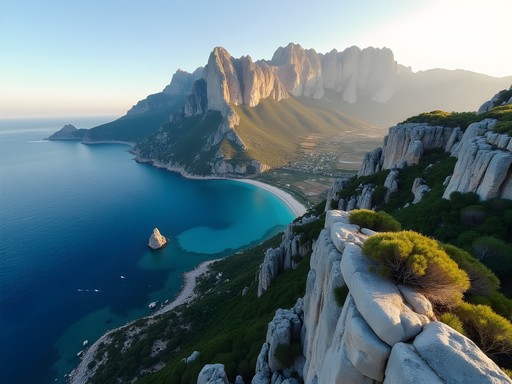
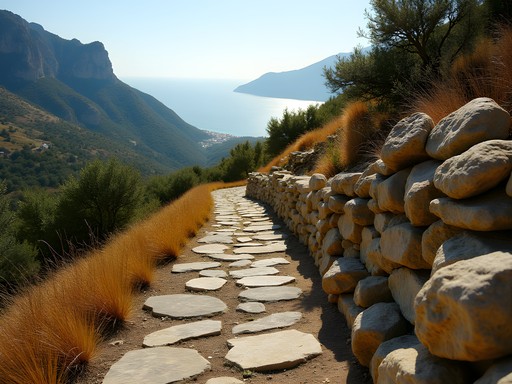
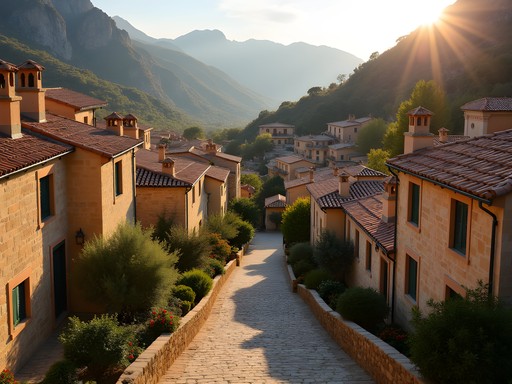
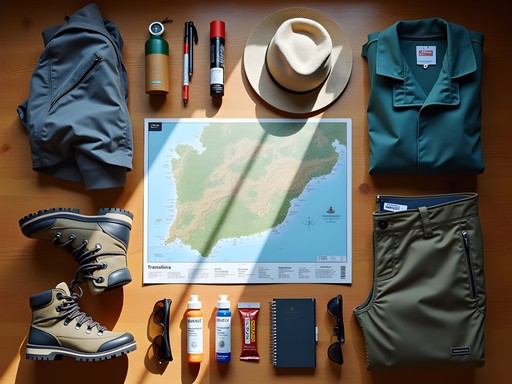
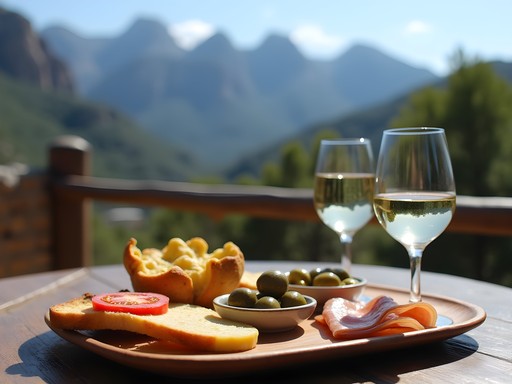










Comments
coffeefan
Just booked tickets to Mallorca for April after reading this! Can't wait to try these hikes!
Bryce Diaz
Oliver's post took me right back to my solo trek through the Serra last October. There's something magical about walking ancient paths that have connected these mountain villages for centuries. I still remember reaching Teix peak just as the morning fog was lifting, revealing the Mediterranean stretching endlessly below. The silence was profound. Oliver's insight about how the landscape transforms you resonates deeply - I left those mountains with a different perspective than I arrived with. For anyone planning this journey, the section on cultural dimensions is not to be skipped. The interactions with local shepherds and olive farmers were as meaningful as the views. This isn't just a hiking destination; it's a place where the land and human history are inseparable.
tripninja
Your description of Teix peak has sold me! Adding it to my itinerary for sure.
oceanmaster
That shot of the sunset from Puig de Massanella is absolutely stunning! Did you camp up there or make it down before dark?
summerwanderer
Just got back from Mallorca and used this guide extensively - thank you Oliver! The 'Strategic Portfolio' of trails was spot on. We did the Archduke's Trail and it was the highlight of our trip. Those limestone formations are unreal, and the views of the coast made every climb worth it. The local food recommendations were perfect too - nothing beats pa amb oli after a long day of hiking! One tip: the bus schedules to trailheads can be unreliable in shoulder season, so build in buffer time.
Frank Garcia
Oliver's analysis of the Serra de Tramuntana is remarkably comprehensive. I backpacked through the region last summer and found the limestone formations absolutely fascinating from a geological perspective. The juxtaposition of rugged mountains against the Mediterranean creates a unique microclimate that affects hiking conditions throughout the day. I'd add that the section between Valldemossa and Deià offers the perfect balance of challenge and accessibility for intermediate hikers. I used my trekking poles extensively on the descents - absolutely essential gear for protecting the knees on those steep limestone paths.
smartrider
Anyone know if it's possible to do parts of these trails using public transportation? Not sure if we'll have a rental car for our whole stay.
coffeefan
We did the public transportation too and it was great! Buses from Palma to Valldemossa and Sóller run regularly. Just check the TIB website for schedules since they change seasonally.
journeypro
Any recommendations for good refugis to stay at along the GR221?
photolover
Loved your section on the cultural dimensions of the Serra! I hiked there last spring and was blown away by the stone terraces and ancient paths. The villages along the way are like stepping back in time. Got some of my best landscape shots ever at Puig de Galatzó during golden hour. Your CFO approach to packing is spot on - I learned the hard way that overpacking is brutal on those steep sections!
Frank Garcia
The light at Puig de Galatzó is incredible for photography. Which route did you take up?
photolover
Took the route from Es Capdellà. Challenging but worth every step!
hikingzone
Don't underestimate the heat even in fall! Bring more water than you think you need.
tripninja
This guide is exactly what I needed! Heading to Mallorca next month and the Serra de Tramuntana is top of my list.
oceanmaster
You're in for a treat! I did the GR221 last year and it was breathtaking.
tripninja
Any specific sections you'd recommend if I only have 3 days?
Venture X
Premium card with 2X miles, $300 travel credit, Priority Pass